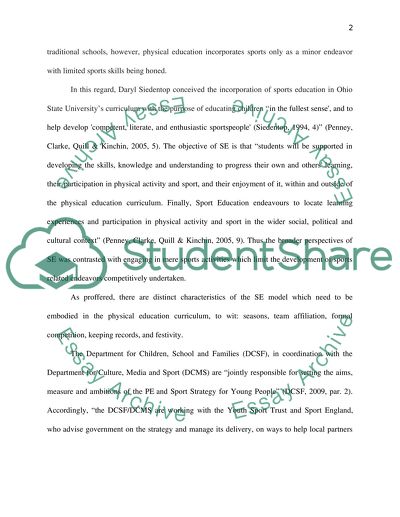Cite this document
(“Sport Education Essay Example | Topics and Well Written Essays - 2500 words”, n.d.)
Retrieved from https://studentshare.org/miscellaneous/1569084-sport-education
Retrieved from https://studentshare.org/miscellaneous/1569084-sport-education
(Sport Education Essay Example | Topics and Well Written Essays - 2500 Words)
https://studentshare.org/miscellaneous/1569084-sport-education.
https://studentshare.org/miscellaneous/1569084-sport-education.
“Sport Education Essay Example | Topics and Well Written Essays - 2500 Words”, n.d. https://studentshare.org/miscellaneous/1569084-sport-education.


